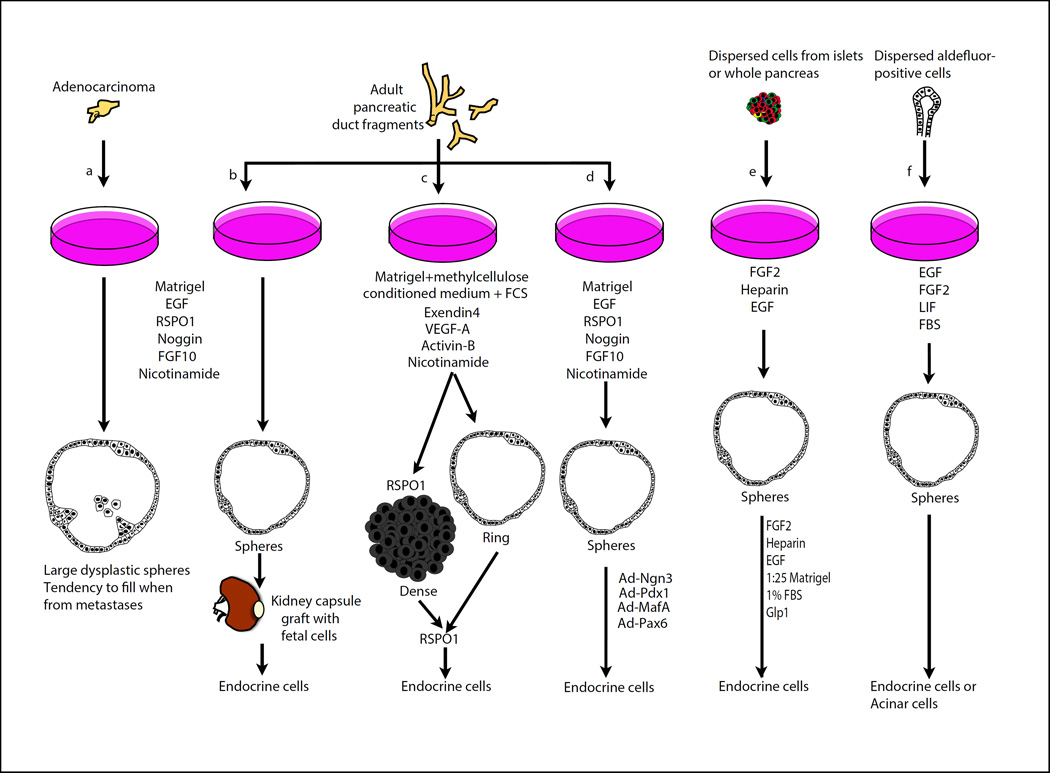Figure 2. Adult spheres and further endocrine differentiation.
Spheres forming from mouse and human adenocarcinoma (a) [57] [34], adult murine ducts (b) [39] (c) [38], or human pancreatic ducts (d) [40]), islets (e) [47, 48] or aldefluor-labelled exocrine/terminal duct cells (f) [51]. They are expanded in semisolid matrixes (Matrigel) (a-d) or in suspension on non-adhesive plates (e, f) and generate dense (c) or hollow (a-f) spheres in presence of the soluble factors indicated. Different approaches have been used to generate endocrine cells from these cultures, as indicated. Modified from [74].

